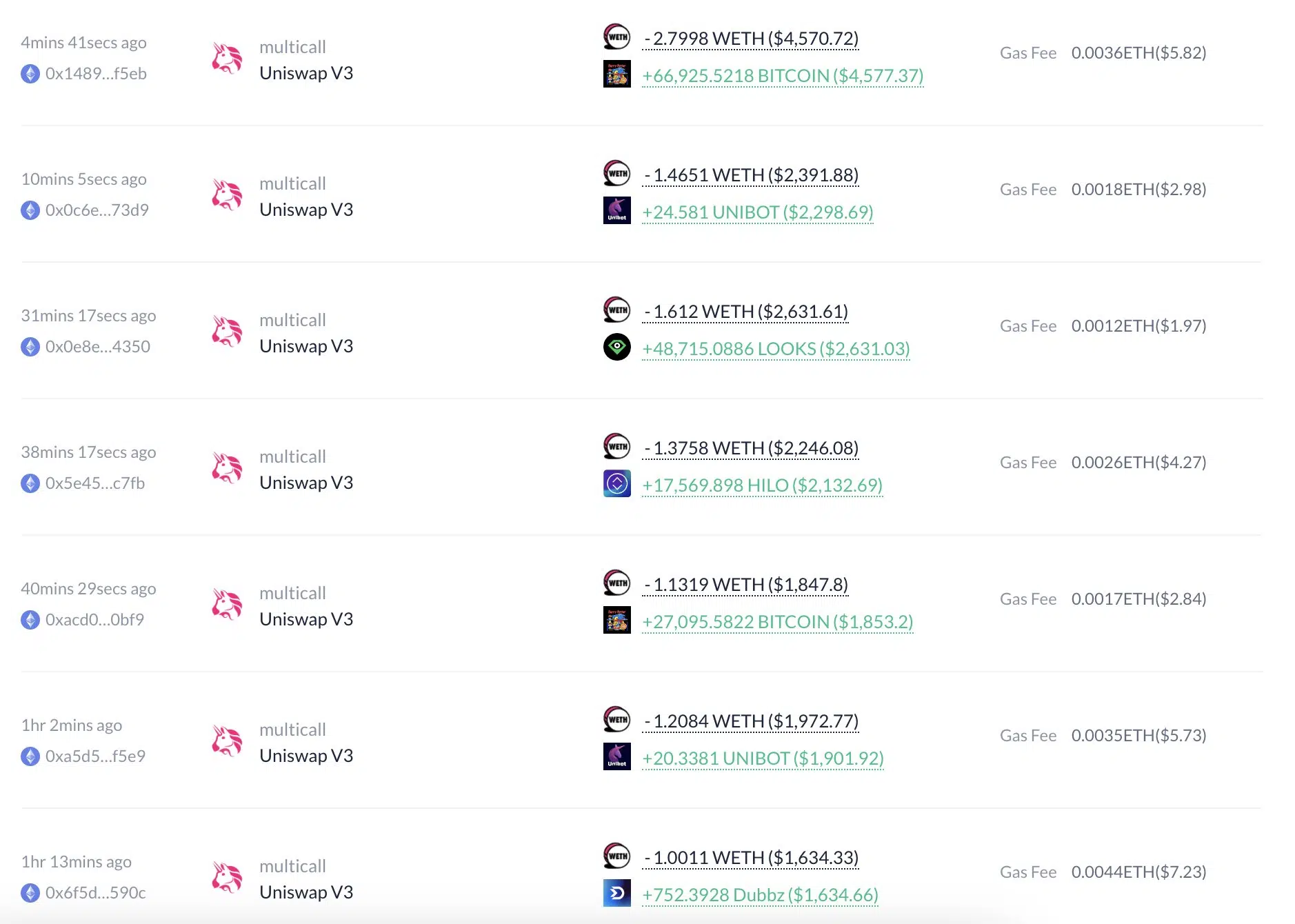Understanding & Unraveling Forex Chart Indicators: An Elaborate Guide for Market Traders
Forex chart signals represent an indispensable tool employed by successful traders to comprehend possible price movements. Multiple dynamics influence these indicators, such as past prices, trend data, trade volumes, among others, to predict, to an extent, the asset value trajectory. Cryptic to the untrained eye, these chart patterns often hold imperative information that can make or break a trader’s strategy.
A comprehension of forex chart signals can be empowering for traders. It involves a technical analysis of currency markets based on price trends and volume metrics. Let’s unlock the potential of these complex data sets in an easily understandable way for both beginners and seasoned traders.
Grasping the Essentials of Forex Chart Signals
Forex chart signals are products of technical analysis that aim to forecast future price behaviours. They’re quantifiable and can exhibit recurring trends based on historical data. Once you understand the key elements linked with these signals, you can make more informed decisions pivoting your trading strategies.
Key Elements Behind the Signals
- Price: The value of a currency pair at a particular time.
- Volume: The number of shares traded during a specific period.
- Trend: The market’s overall direction, which can either be up (bullish), down (bearish), or sideways (neutral).
Types of Forex Chart Signals
Influenced by these foundations, various types of unique signals materialize on forex charts. Each conveys potentially profitable insight into market behaviour. Here are a few common types:
- Trending Signals: Trends can be either upward (bullish), downward (bearish), or sideways (neutral). Trending signals identify these trends as they occur, allowing traders to adjust their strategies accordingly.
- Oscillating Signals: These signals identify overbought or oversold conditions in the market. They’re most effective in non-trending, volatile markets.
- Volatility Signals: Volatility, a measure of price fluctuation, helps in identifying potential market swings. High volatility often suggests an increased level of risk as well as potential for higher returns.
Decoding the Patterns
A well-experienced trader will perceive the nuances of market behaviour and extrapolate crucial signals from these complexities. Let’s look at some frequent patterns and what they signify.
Double Top and Double Bottom Patterns
The double top is defined as a bearish reversal pattern. This pattern transpires when prices meet resistance and struggle to break above a particular level. In contrast, a double bottom pattern, a bullish hint, occurs when prices find a strong support level and bounce back upwards. Spotting these patterns appropriately can provide profitable trading opportunities.
Head and Shoulders Patterns
The ‘Head and Shoulders’ is another critical reversal pattern. In this setup, the ‘head’ is larger than the two ‘shoulders’, creating a peak followed by a significant drop and a subsequent lesser peak. The inverse pattern is a signal for bullish reversal.
Triangles and Wedges
Triangles and wedges demonstrate a period of consolidation before the price breaks out. A breakout, either upward or downward, depends on the prevailing market trend. There are three types of triangles: ascending, descending, and symmetrical.
Trading with Chart Patterns
Understanding what these components convey is pivotal in making timely and informed decisions. However, keeping in mind that these patterns should not be used in isolation is essential. Balancing them with other aspects of technical and fundamental analysis is integral to a holistic approach towards trading.
Simplifying the Process: Automated Forex Signal Services
To make trading more accessible and less laborious, many platforms offer automated forex signal services. These services detect chart patterns and generate potential trading opportunities based on intricate algorithms. They’re designed to save time and reduce the possibility of human error.
Conclusion: Grasping Forex Chart Signals—The Way Ahead
Understanding forex chart patterns and signals is not a feat that happens overnight. Continuous experience and diligent study of the market trends often lead to a thorough understanding of these chart indicators. Trading is an art that requires patience, precision, and the willingness to learn and grow. As you familiarize yourself with these forex chart signals, rest assured that you’ll be better equipped to trace your route to trading success.
| Chart Element | Description |
|---|---|
| Price | Value of a currency pair at a given time |
| Volume | Number of shares traded over a period of time |
| Trend | Overall market direction, can be up (bullish), down (bearish) or sideways (neutral) |
Summary
-
Introduction to Forex Chart Signals:
- Forex chart signals are important elements for traders seeking to make profits from Forex trades.
- They help predict price movements and are generated using analysis of price trends and patterns over a specific timeframe.
-
Types of Forex Chart Signals:
- There are different types of signals, including price action signals, momentum indicators, moving averages, and other chart patterns.
-
Decoding Forex Chart Signals:
- It’s important to understand the chart signals to make effective trading decisions. It would take both understanding of underlying trading principles and practice skills.
- The process may take time and practice, but it becomes easier and quicker with experience.
-
Methodology for Decoding Forex Chart Signal:
- Identifying the Trend: This is the first and most critical step. It implies recognizing currency pairs that are moving in a certain route over a specific timeframe.
- Evaluating Momentum: By utilizing measurements such as the Relative Strength Index (RSI) and Stochastic Oscillator traders can evaluate the strength of a trend.
- Recognizing Trade Entry Points: Once the trend and its vitality are recognized, finding the right and profitable entry points would be the next step. This usually comes from using additional tools and indicators.
-
Common Mistakes Traders Make:
- Novice traders often commit mistakes like overtrading, moving stops and targets, ignoring news, and trading immediately before and after big news events.
- Investors are urged to bring discipline, patience, and practice to master trading.


